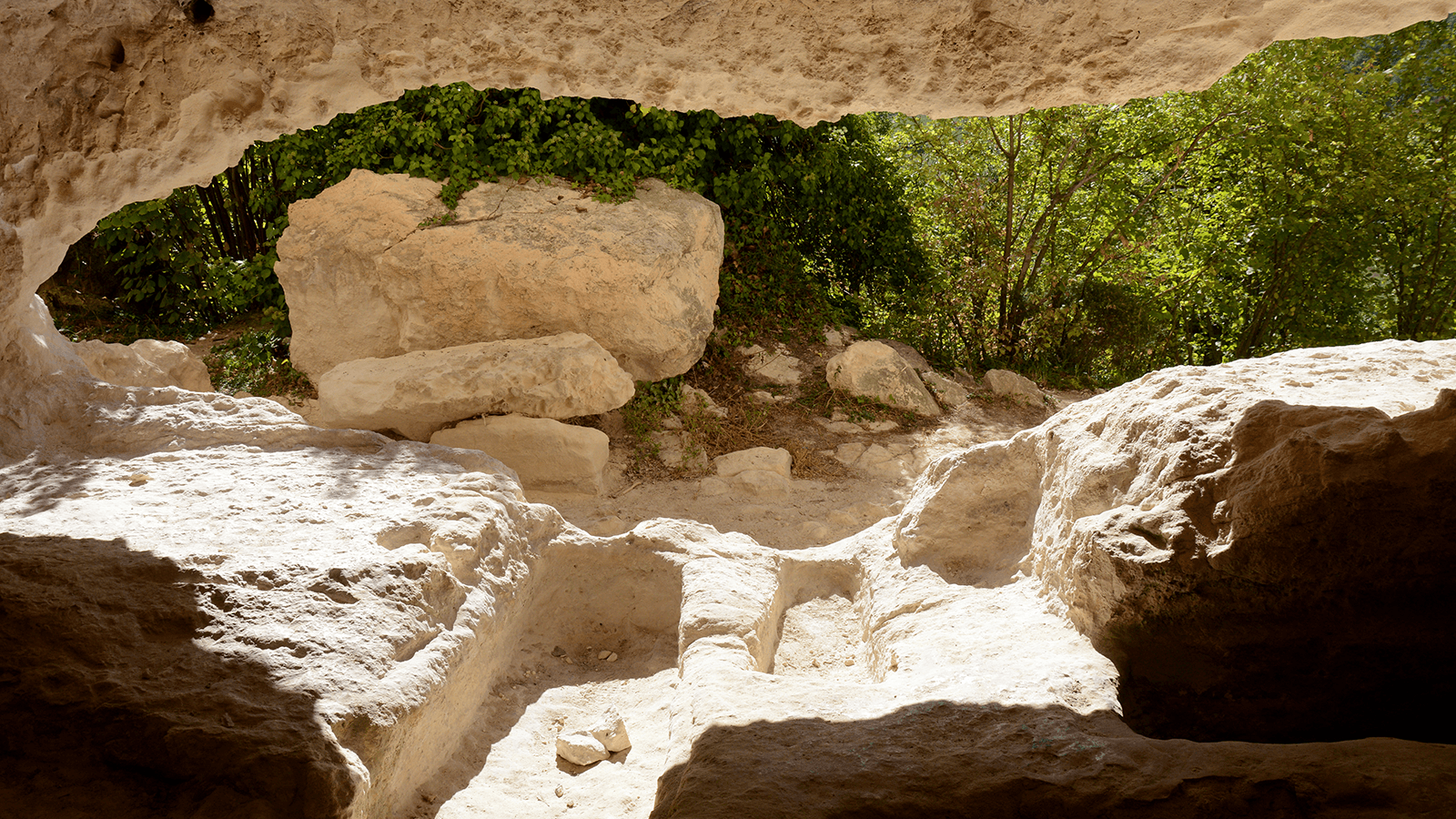Each year from September 15–October 15, National Hispanic Heritage Month celebrates the histories, cultures, and contributions of people from Spain, Latin America, and other Spanish-speaking communities. To mark the occasion, we’re highlighting a remarkable ancient DNA study from Las Gobas, a medieval site in northern Spain that sheds new light on life in early Iberia, which comprises present-day Spain and Portugal.
Setting the Scene: Iberia in the Early Medieval Period
From the 5th to 8th centuries CE, Iberia was ruled by the Visigoths, a Germanic people who established power after the fall of the Western Roman Empire. In 711 CE, their kingdom collapsed after the Umayyads—an Islamic dynasty with roots in Arabia and North Africa—invaded and established the Emirate (and later the Caliphate) of Córdoba. This new state controlled much of Iberia, along with the Balearic Islands and parts of North Africa.
In the mountainous north, however, many communities retained their independence and Christian traditions, even as the rest of the Iberian peninsula underwent profound cultural and political change.
Life at Las Gobas
Las Gobas, located in today’s province of Burgos in northern Spain, consists of 13 rock-cut caves and several freestanding structures. Beginning in the 7th century, it served as a mixed-use settlement with homes, a Christian church, and a cemetery. By the late 9th century, the residential area was abandoned, but the site continued to be used as a burial ground and place of worship until the 11th century.
In 2024, researchers analyzed DNA from 33 individuals buried at Las Gobas. They discovered that the community’s ancestry remained surprisingly stable over the centuries, with little evidence of genetic influence from the Islamic expansion that reshaped much of Iberia.
Why was Las Gobas different? Their DNA offered a clue. Many individuals carried stretches of identical DNA inherited from both parents—patterns that often occur in small, insular populations with limited outside contact. This genetic isolation likely helped shield the community from broader population shifts happening elsewhere.
The study also revealed striking details about life at Las Gobas:
- Inbreeding: The DNA of several individuals showed evidence that their parents were close relatives; likely first cousins or closer.
- Disease: DNA evidence showed infections from multiple pathogens, including what may be one of the earliest documented cases of smallpox in northern Iberia.
- Violence: Skeletal remains showed signs of traumatic injuries, likely from swords—evidence of interpersonal conflict or warfare.
Taken together, the findings paint a vivid—and sometimes harsh—picture of life more than a thousand years ago in a small, tightly knit community in northern Spain.
Learn more
Want to see if you share a genetic connection with these newly added individuals from Las Gobas—or hundreds of other historical people? The Historical MatchesSM feature is available to 23andMe+ Premium™ members.




